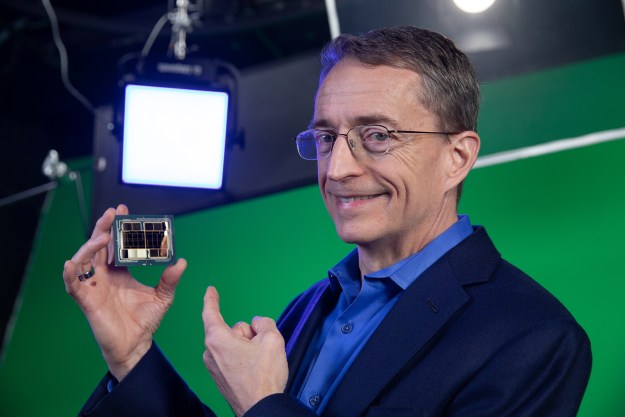
The carmaker is planning an explanatory blog post on how Autopilot works and what drivers are expected to do once it’s activated, Tesla CEO Elon Musk said in an interview with The Wall Street Journal (subscription required). Musk still believes that Autopilot will ultimately enhance safety, and that lack of consumer education is the issue, not the system itself.
Since Autopilot was launched last October, Musk has maintained that the system has limited capabilities, and that drivers are ultimately responsible for controlling vehicles even when it is engaged. Tesla still considers Autopilot to be in a public beta testing stage, and warns drivers to remain alert and be ready to take over at any time.
Read more: Does Tesla have blood on its hands after fatal Autopilot crash?
The May 7 crash in Florida that killed 40-year-old Joshua Brown involved a Model S colliding with a tractor trailer. In a blog post responding to the crash, Tesla said both Autopilot and Brown failed to see the white side of the trailer against a bright sky. On Tuesday, the NHTSA released a letter requesting additional information from Tesla, including the carmaker’s own reconstruction of the crash, engineering details on Autopilot, and records of other crashes.
Since news of the fatal crash broke, reports of two other crashes involving Autopilot have surfaced, one in Montana and another in Pennsylvania. In both cases, Model X SUVs purportedly using Autopilot crashed into highway guardrails. Tesla now says it could not recover data from the Model X in the Pennsylvania crash, but that the SUV in the Montana crash was on Autopilot, and the driver may have taken his hands off the steering wheel. Autopilot prompts drivers to periodically place their hands on the wheel when it is operating.
In addition, Tesla may face a Securities and Exchange Commission (SEC) probe related to the fatal Florida crash. Securities rules may have required the company to report the incident to its investors, although Tesla denies that it broke any laws by not reporting the crash immediately.
Editors' Recommendations
- Tesla’s Cybertruck could soon transform into a boat, says Musk
- FAA says 50 U.S. airports won’t get expanded 5G coverage until later in 2022
- Nokia 9 PureView won’t get Android 11 after all; HMD offers a discount instead
- Tesla Cybertruck delay means it won’t hit the road until next year
- Here’s why your old CPU cooler won’t work with next-gen Intel processors


